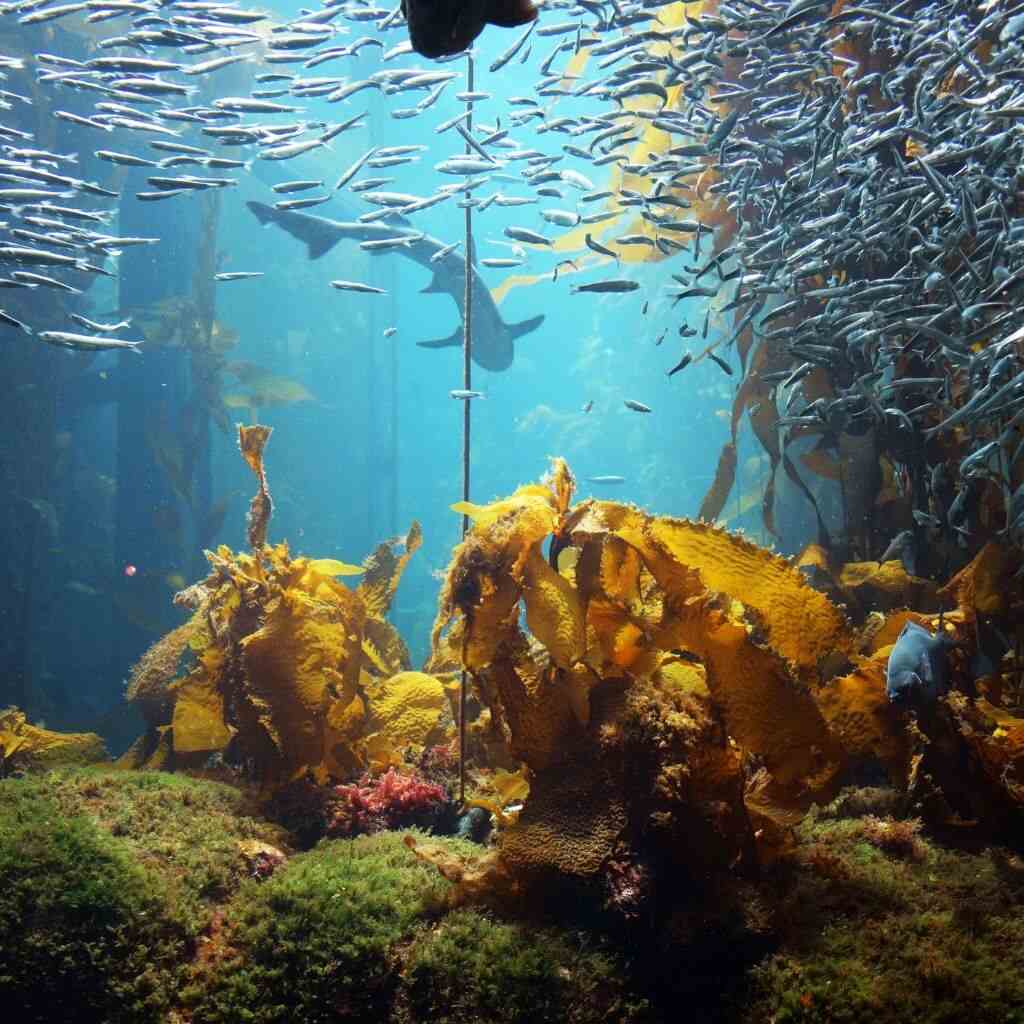Some regions are seeing fish populations declining or shifting location. Cold water species like salmon and trout are venturing north for cooler waters. Other fish, like bass and perch, don't tolerate warming waters. Their populations may dwindle in traditional fishing spots.
New Opportunities Created by Climate Change
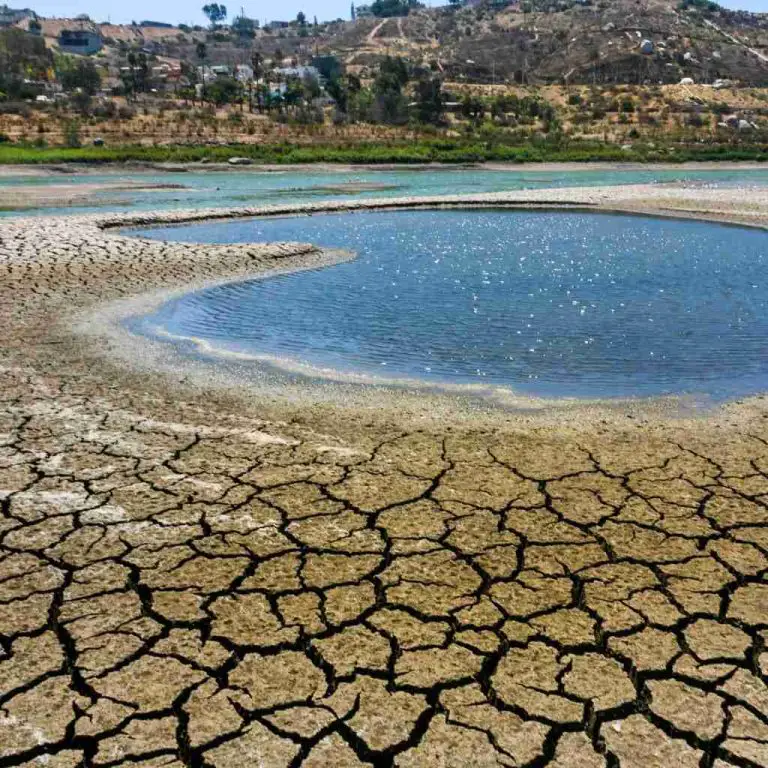
Some previously unfished Arctic regions are opening up for longer seasons. The loss of sea ice enables more fishing further north than ever before. This allows access to productive new fisheries.
Adapting Approaches, Methods, and Gear
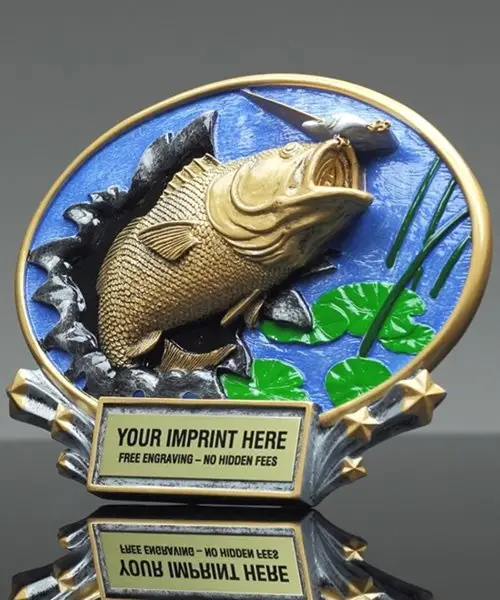
Sustainably Managing Fish Populations
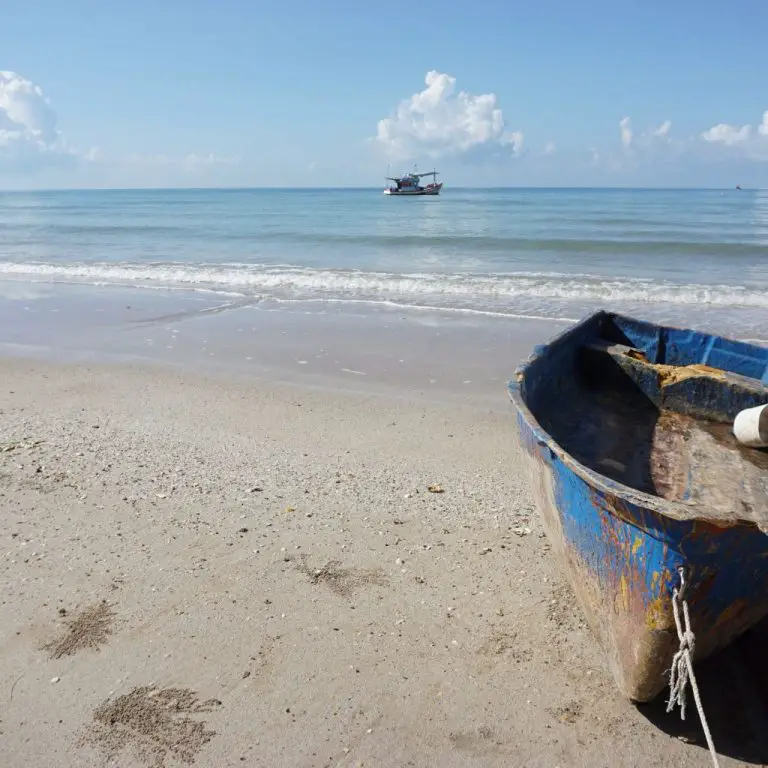
Role of Policy and Regulation
- Setting science-based catch limits that react to changing population sizes
- Restricting access to threatened fisheries so breeding stocks rebound
- Providing funding for sustainability research on the impacts of warming waters
- Assisting fishermen transition to more climate-resilient gear/species
- Supporting regional cooperation on fish stock management
International agreements on handling migrations of tuna, squid, and other species crossing regulatory boundaries are also important for responding to climate change effectively.
Opportunities in Aquaculture
Aquaculture, or fish farming, offers opportunities to supplement wild fisheries strained by climate change. Aquaculture provides over half the world's seafood and is poised to deliver more sustainable seafood.
Forward-looking aquaculture operations build climate resilience by:
- Farming native species suited to warming waters
- Using land-based recirculation tanks that isolate farmed fish from climate impacts
- Diversifying species grown to hedge bets against specific population declines
- Further developing offshore aquaculture in deeper, cooler waters
Despite environmental challenges, innovative aquaculture can bolster food security and support livelihoods as climate change alters wild fisheries.
The Future of Fishing
Climate change brings difficulties, but fishing can thrive with care and innovation. Fishermen worldwide display remarkable resilience and adaptability. They learn to catch different species using alternate gear, fish new areas, and support sustainability efforts.
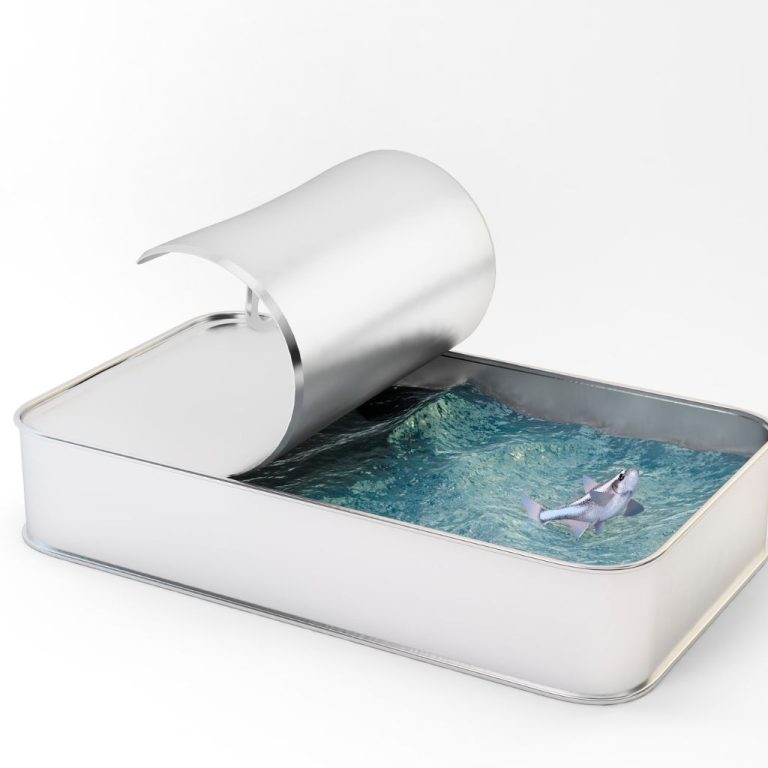
Fishing may look different in 50 years with shifting fish ranges and new target species. But by evolving practices and protecting critical ocean habitats, the joy of reeling in a big one persists despite climate turbulence. The delicious traditions of seafood meals and fishing camaraderie carry on with support through uncertain changes.
With proactive policymaking, sustainable management, and climate-smart fishing, the cultural institutions and livelihoods dependent on fishing can weather climate change.
